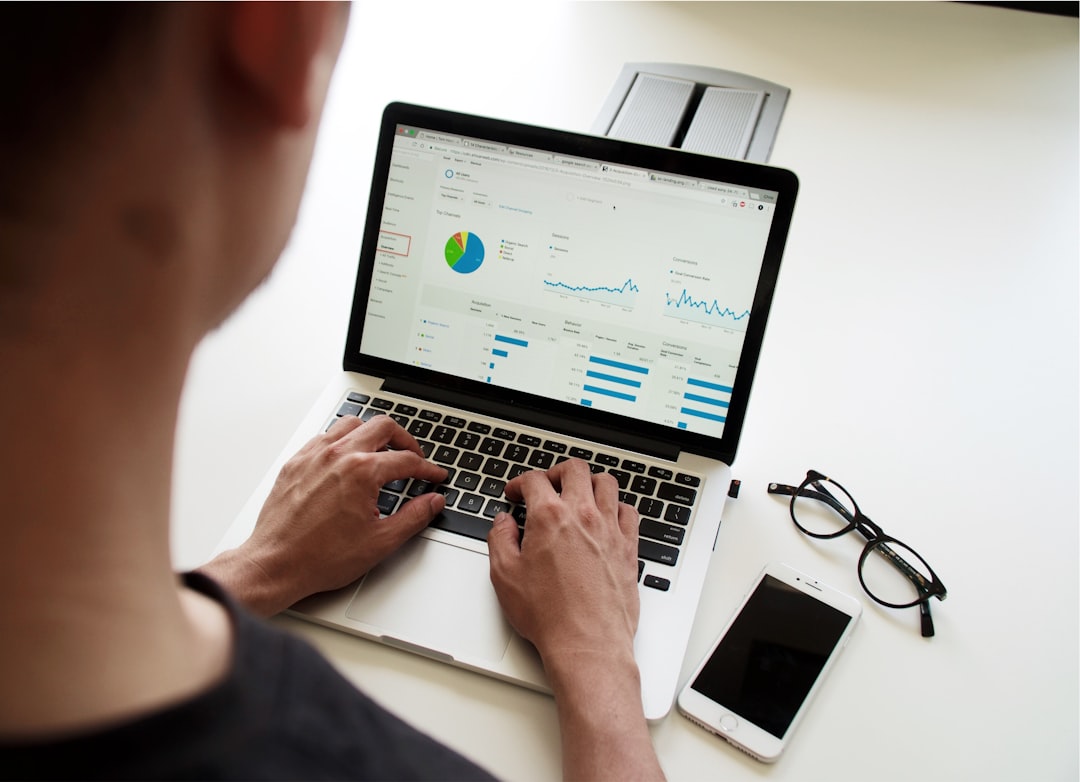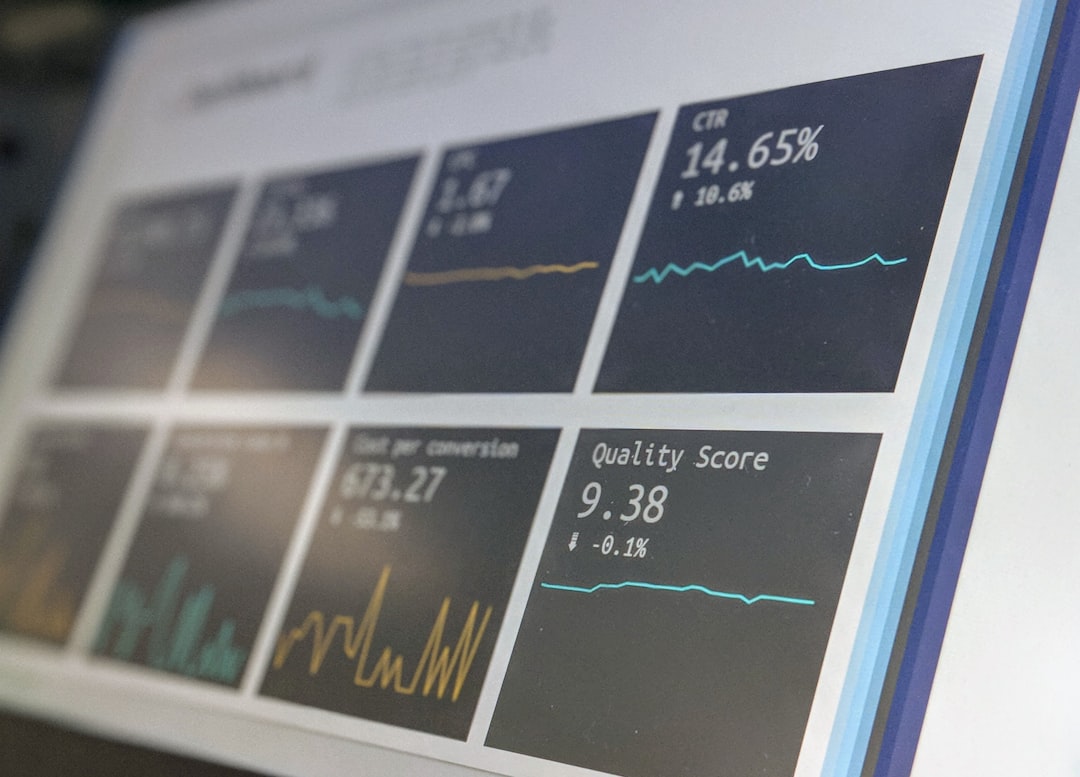
The Ultimate Guide to Economic Indicators: Understanding the Numbers That Shape Our World.
# Introduction. Economic indicators are critical tools used by economists, policymakers, and business leaders to gauge the health of an economy and make informed decisions. These indicators provide statistical data that can reflect the overall economic performance of a country or region, forecasting future economic activity and potential trends. This guide dives deeply into the most significant economic indicators, how to interpret them, and their impact on the economy and investment strategies. # Understanding Economic Indicators. Economic indicators are categorized into three primary types: leading, lagging, and coincident indicators. Understanding these categories is crucial for accurately interpreting economic data. Leading indicators, such as stock market performance and building permits, typically change before the overall economy changes, providing foresight into future economic direction. Lagging indicators, such as unemployment rates and consumer price indexes, reflect the state of the economy after changes have occurred, while coincident indicators, like GDP and retail sales, move at the same rhythm as the economy. # The Importance of Leading Indicators. Leading indicators often set the tone for economic forecasting, making them vital for economists and investors who wish to anticipate turning points in the economy. For example, the Purchasing Managers' Index (PMI) is a leading indicator that evaluates the economic health of the manufacturing sector. A PMI above 50 indicates expansion, while below 50 indicates contraction. Businesses and investors watch this closely as it provides insights into future economic activity and production levels. # Key Lagging Indicators to Watch. While lagging indicators offer less predictive power, they are essential for confirming economic trends. The unemployment rate is one of the most widely watched lagging indicators; a decrease usually signifies a recovering economy, whereas an increase may suggest recession or instability. Similarly, Gross Domestic Product (GDP) growth rates often confirm whether the economy is healthy or stagnating, allowing policymakers to assess their interventions' effectiveness. Keeping track of these indicators is vital for recognizing long-term economic trends and formulating fiscal and monetary policies. # Coincident Indicators: Evaluating Current Economic Conditions. Coincident indicators provide a snapshot of the economy's current performance in real-time. For example, the retail sales indicator shows consumer spending, a significant driver of GDP. Another example is industrial production, which tracks the output of the manufacturing, mining, and utilities sectors. By monitoring these indicators, economists can gain insights into the economy's current health, helping businesses and governments make informed decisions. # Utilizing Economic Indicators for Investment Decisions. Understanding economic indicators can significantly enhance investment strategies. Investors utilize these indicators not only to forecast potential growth opportunities but also to safeguard themselves against market volatility. For instance, during periods of economic expansion indicated by leading indicators, investors may prefer growth stocks. Conversely, during economic contraction phases reflected by lagging indicators, they might opt for defensive or value stocks to mitigate risks. Recognizing how these indicators align with investment strategies is vital for navigating the economic landscape effectively. # Conclusion. In conclusion, economic indicators are invaluable tools in understanding the dynamics of any economy. By learning to interpret leading, lagging, and coincident indicators, individuals can gain insight into the macroeconomic trends that influence personal investments, business operations, and government policies. Whether you are an economist, investor, or business leader, integrating economic indicators into your decision-making process can provide a significant advantage in navigating the complexities of our financial world. .







